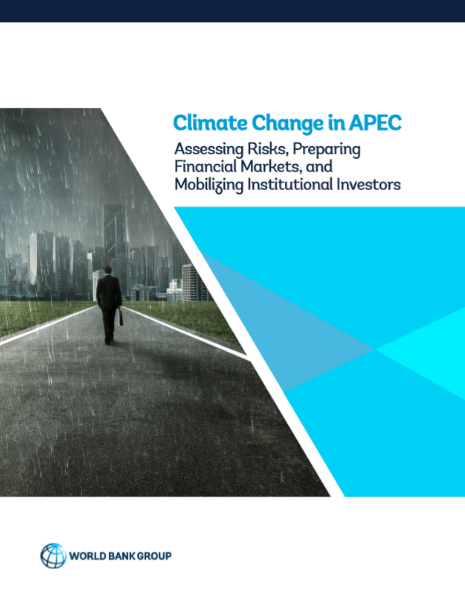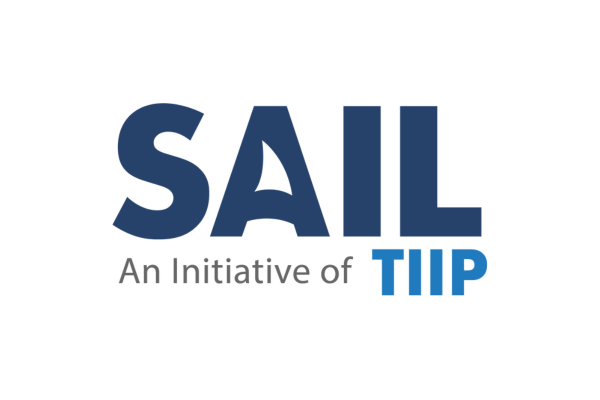New York, NY, November 11, 2020 – Climate change poses extreme risks to the Asia-Pacific Economic Cooperation (APEC) region. Today, 70% of global natural disasters happen in the APEC region, the intensity and severity of which are expected to increase with climate change. A report from The World Bank and co-authored by The Investment Integration Project (TIIP), examines what these risks mean for financial markets and institutional investors across APEC, and what investors can do to address them and to protect their long-term financial interests.
The report, “Climate Change in APEC: Assessing Risks, Preparing  Financial Markets, and Mobilizing Institutional Investors” outlines that:
Financial Markets, and Mobilizing Institutional Investors” outlines that:
- Climate change poses great risk to human life and economic progress in APEC member economies. If they act now, APEC member economies can avoid its most severe consequences.
- Investing in mitigating climate change and adapting to its effects would be cheaper for APEC member economies than inaction.
- Climate risks are financial risks. Financial regulators in APEC can support financial institutions in managing these risks.
Among the report’s takeaways for institutional investors in APEC are:
- Enacting strict climate policies could create an additional $470 billion per year in additional energy investment opportunities across APEC.
- Green credit markets provide notable opportunities to reduce financial institutions’ exposure to climate risks.
- Institutional investors in APEC – with their more than $42 trillion in assets – are particularly vulnerable to climate risks and uniquely positioned to address them.
- These investors are increasingly acknowledging that climate change threatens their securities and portfolios and are embracing sustainable investing to manage associated risks, but few are allocating assets to climate finance (e.g. investments in renewable energy and climate-resilient infrastructure).
Notably, the report describes how systemic structural change is required if institutional investors in APEC are to comprehensively manage the risks of climate change, and to unlock the massive climate financing potential embedded in their more than $42 trillion in assets. This involves meaningfully confronting well-known policy barriers (i.e., fossil fuel subsidies); ensuring that regulatory frameworks support corporate climate related risk disclosures and commensurate analysis, management, and reporting by institutional investors; and leveraging proven blended finance structures, connecting institutional investors with other investment-grade products that provide immediate opportunities to contribute to climate finance, and developing local capital markets.
You can learn more about these takeaways, and other insights, by reading the report here.



